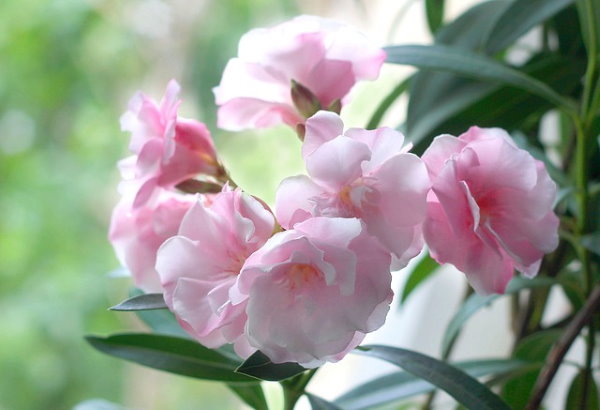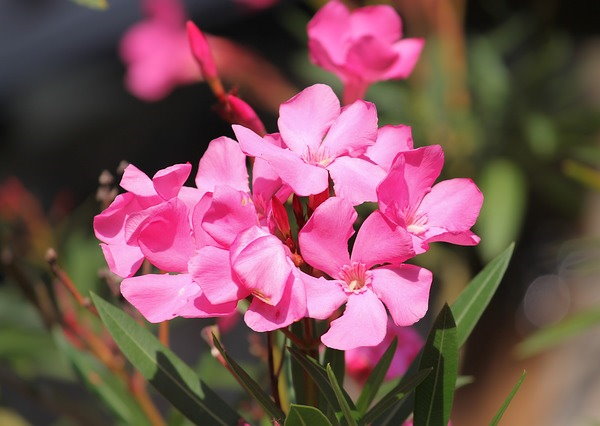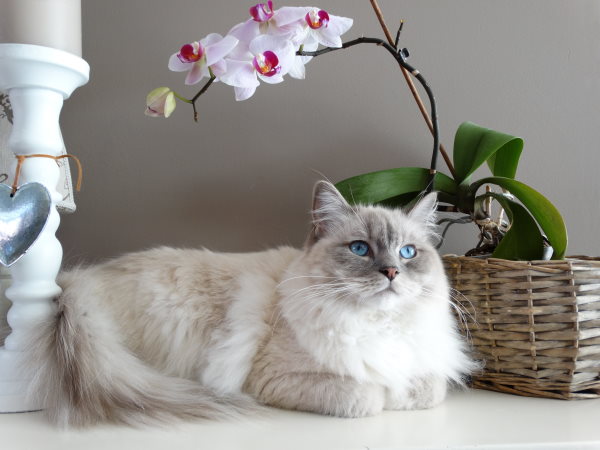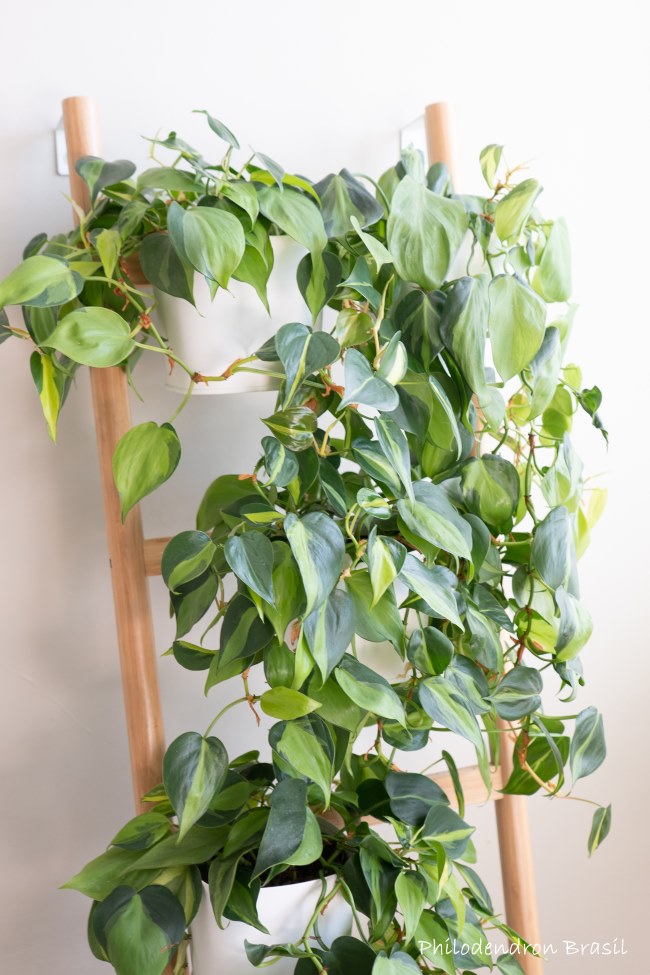Indoor Oleander Plant Care
Oleander plant is an easy-to-grow flowering shrub that makes a gorgeous houseplant. That is, if you can meet its need for sunshine. Here, you'll discover indoor oleander care, including pruning, overwintering, fertilizing, watering and more to keep this captivating beauty thriving year-round.
Get to Know Oleander Plant
Native to Mediterranean countries, this flowering plant loves warmth and sunshine.
How big does Oleander get? Plants may grow up to 6 ft (1.8 m) tall. You can keep them small with yearly pruning. I'll tell you how (see "caring for oleander" tips below).
Oleander bush has dark-green, narrow leaves that cover its woody branches. Clusters of flat-petaled flowers grow at the tips of the stems and are about 2 in (5 cm) wide.
Known botanically as Nerium oleander, this is a member of the periwinkle family, and the flowers look similar. They're typically pink, but you may also find oleander flowers in red, white, yellow, coral and salmon. They may be single- or double-flowered. Many varieties are intoxicatingly fragrant.
You'll find oleander plants for sale in nurseries and online flower delivery sites in spring and summer. Dwarf varieties are best for growing indoors. 'Petite Pink' is a compact dwarf oleander variety and a prolific bloomer. 'Petite Salmon' is another dwarf variety with salmon-pink flowers.
 Soft-pink double blooms make this oleander plant even more alluring. Image source
Soft-pink double blooms make this oleander plant even more alluring. Image sourceCaring for Oleander Plant Year-Round
Prune your plant. Pruning oleander will force the stems to branch out, giving you a much more rounded and attractive plant. Don't be afraid to prune large plants back hard in fall, after it stops flowering.
Yearly pruning will promote vigorous new growth as well as the overall health of your plant. Oleander produces flowers at the end of new stem tips, so you'll get more flowers, too.
Oleander pruning tip: Cut the stem at a 45° angle, 1/4-inch above a leaf node (the place where a leaf or branch is attached to the stem). Use clean, sharp pruners to avoid tearing the woody stems.
Overwintering oleander indoors will protect this frost-tender shrub. If you keep your plant outdoors for the summer, bring it back inside when the temperature drops to 55°F/13°C at night. Some varieties are hardier than others, but they generally don't like the cold at all.
Repot in spring when the roots are growing through the drainage holes of the pot. This is one plant that doesn't like to be crowded, so move it to a pot 1-2 inches (2.5-5 cm) larger. It's a vigorous grower and grows well in a container.
Something bugging your plant? Two pests bother oleander, aphids and scale. If you move your potted oleander outdoors for any length of time, watch for these pests on the stems and undersides of the leaves. Treat any infestation immediately.
Is oleander poisonous? Yes, all parts of this plant are extremely poisonous. Don't grow this plant indoors if there are children or pets around. Oleander poisoning can cause serious illness or death.
 Oleander is a prolific bloomer when given plenty of sunlight. Image source
Oleander is a prolific bloomer when given plenty of sunlight. Image sourceOleander Plant Care Tips
Light: Bright light with at least 4 hours of direct sun each day. Oleander plants thrive in warm, sunny locations. Move your plant outdoors to the patio for the summer, if necessary, to give oleander the sunlight it needs to grow and bloom.
Water: Water generously throughout the growing season, keeping the soil evenly moist. Water sparingly in winter when growth is slower.
Humidity: Average room (40% relative humidity).
Temperature: Warm 70-85°F/21-29°C during active growth; 55°/13°C in winter
Soil: 8 parts all-purpose potting mix, 1 part sand, 1 part perlite
Fertilizer: Feed every 2 weeks spring and summer with fertilizer specially made for oleander.
Propagation: Oleander plant is easy to propagate from cuttings. Take 4-in (10 cm) stem tip cuttings in early summer, remove lower leaves. Dip cut end in rooting hormone for best results, then insert in moist potting mix. Keep it in bright light. It will start to grow roots in about 2 weeks.


